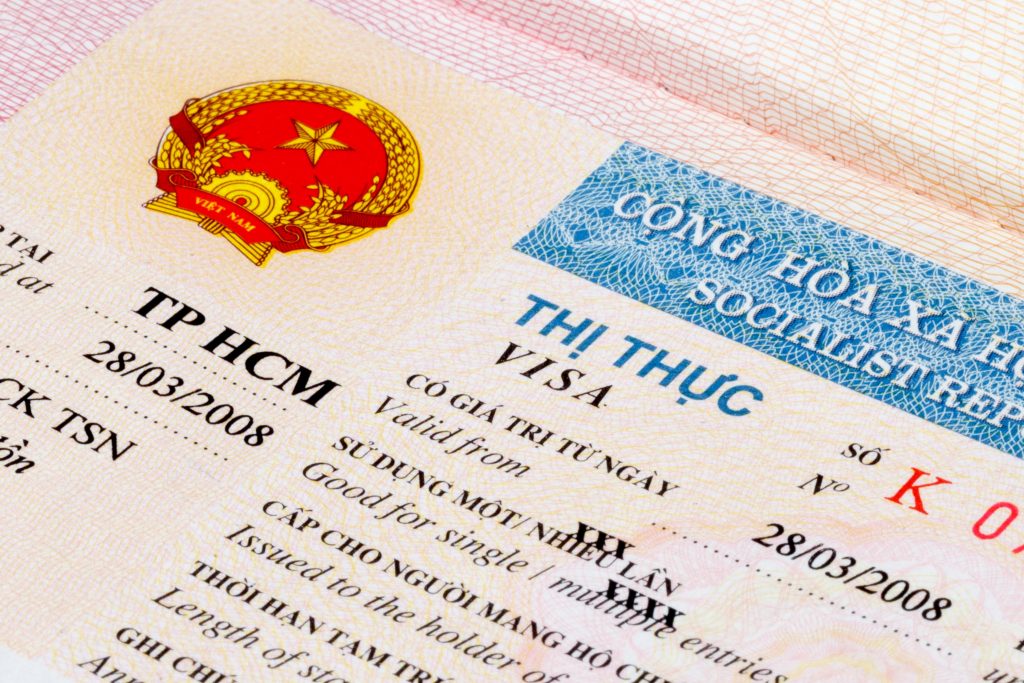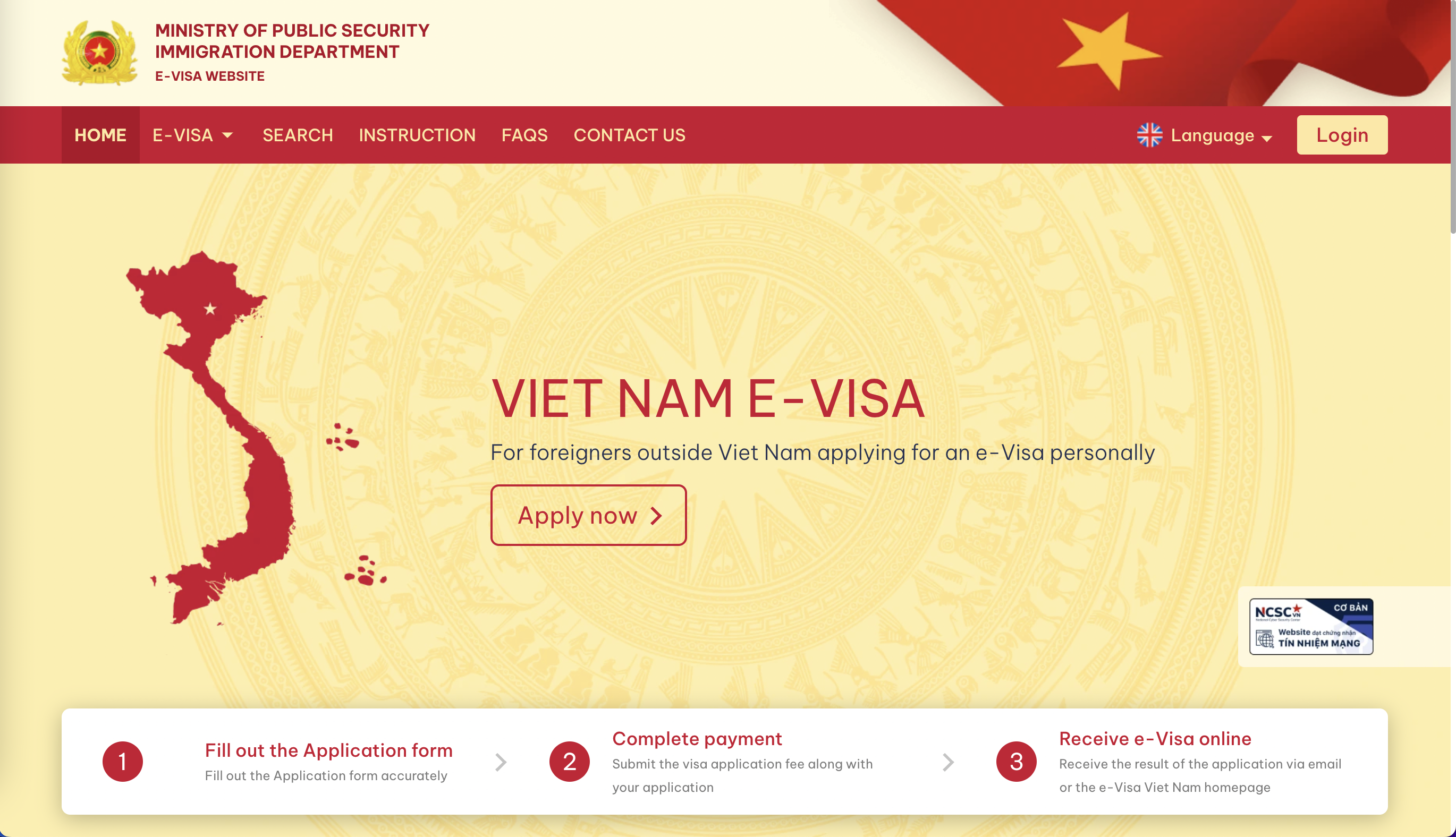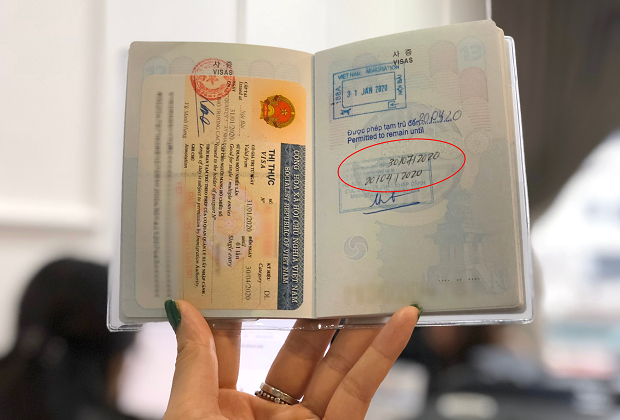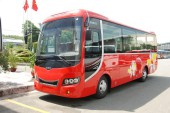Visa Tips for Vietnam – Essential Information for Travelers
Planning a trip to Vietnam? Obtaining a visa is a crucial step to ensure a hassle-free journey. Whether you’re visiting for tourism, business, or other purposes, understanding Vietnam’s visa requirements and application process is essential. This guide provides up-to-date visa tips to help you navigate the process smoothly and ensure a seamless entry.

Understanding Vietnam Visa Requirements
Before applying for a Vietnam visa, it’s important to understand the different types available and their specific requirements. The most common visa types include:
– Vietnam Tourist Visa: Allows stays of up to 90 days for single or multiple entries.
– Vietnam Business Visa: Vietnam Business Visa: Designed for business travelers, the Vietnam Business Visa typically allows stays ranging from 1 month to 3 months, with the possibility of single or multiple entries. The exact duration and type depend on the specific requirements and the nature of the business activities in Vietnam.
– Vietnam Transit Visa: For travelers passing through Vietnam en route to another destination.
Steps to Apply for a Vietnam Visa

Step 1: Determine Your Visa Type
Choose the type of visa based on the purpose of your visit. For tourism, a tourist visa is typically sufficient; for business purposes, apply for a business visa.
Step 2: Check Eligibility
Ensure you meet the eligibility criteria, such as having a passport valid for at least six months with blank pages for visa stamps.
Step 3: Prepare Required Documents
Commonly required documents include:
– Photo of passport (full first page (passport’s data page), full 4 corners, no missing info/letter, high quality)
– Portrait photo (taken in the last 6 months, without glass, not wear earing, white back ground, high quality)
– Each client’s phone number & home address
– Clients religion.
Step 4: Submit Your Application
– For eVisa (recommend), apply online through the official websites: https://evisa.gov.vn
– For other visa types, submit your application at the nearest Vietnamese embassy or consulate.
Step 5: Pay the Visa Fee
Pay the visa fee based on the type of visa and processing time. Fees vary depending on the duration and number of entries.
The e-visa application fee is paid through the e-visa portal’s e-payment gateway and is non-refundable in case the visa is not granted.
Step 6: Wait for Processing
Visa processing times vary:
– eVisas: Typically processed within 4–5 working days.
– Other visas: Processing times may take longer depending on the embassy or consulate.
Step 7: Receive Your Visa
Once approved:
– For eVisa, you will receive it via email. Print a copy and carry it with your travel documents.
– For visas obtained at embassies, your passport will be returned with the visa stamp.
Tips for a Smooth Visa Application
– Apply Early: Start the process well in advance of your trip to avoid last-minute issues.
– Double-Check Information: Ensure accuracy in all application details to prevent delays or rejections.
– Keep Copies: Retain printed copies of your eVisa, passport, and other important travel documents.
– Follow Official Instructions: Adhere strictly to the guidelines on official websites.
– Contact Support: For assistance, reach out to the Vietnamese embassy or consulate in your country.
Special Cases and Important Notes

– Visa Exemptions: Nationals from certain countries may be exempted from a visa for short stays (usually from 14–90 days). Always check the latest list of visa exemptions before applying.
Citizens of the following countries do not need a visa for the specified durations:
✔ 14 days: Brunei
✔ 21 days: Philippines
✔ 30 days: Cambodia, Indonesia, Kyrgyzstan, Laos, Malaysia, Singapore, Thailand, Kazakhstan, Myanmar, Mongolia
✔ 45 days: Russia, Denmark, United Kingdom, Norway, Finland, Sweden, France, Belarus, Italy, Germany, and Spain, Japan, South Korea
✔ 90 days: Chile, Panama
Note: This information is for reference only and may be subject to change.
– Visa on Arrival (VOA):
Visa on Arrival (VOA) is a type of entry visa issued at international airports in Vietnam. Visa on Arrival is a solution for:
- Travelers who do not have a Vietnamese Embassy or Consulate near their location.
- Emergency situations where there isn’t enough time to apply for a regular visa through the Embassy.
- Unplanned or last-minute trips.
Notes: Visa on Arrival is only applicable when entering Vietnam through international airports. It does not apply to land or sea border crossings. Without an approval letter, entry will be denied.
– Extension of Stay: If you plan to extend your stay in Vietnam, you must apply for an extension through immigration offices or reputable visa agents in Vietnam.
– Multiple Entry vs. Single Entry: If you plan to visit neighboring countries like Cambodia or Laos and return to Vietnam, opt for a multiple-entry visa.
– Children and Infants: Children traveling with parents must also have individual visas. Ensure all details match their passport information.
– Group Applications: If traveling with a group, you may apply for multiple eVisas in one submission for convenience.
By following these steps and staying informed, you can ensure a smooth and enjoyable trip to Vietnam. For the latest updates on visa policies, always refer to the official websites or consult with travel experts.
If you need assistance with applying for your eVisa or VOA, feel free to contact us at vietnamcatholictours@gmail.com or message us via WhatsApp/Viber/Zalo at +84 914 544 660 (Ms. Lan). We are happy to help you navigate the visa application process and ensure a smooth trip to Vietnam!
Vietnam Catholic Tours
You May Also Like:
Vietnam Pilgrimage Package Tours






